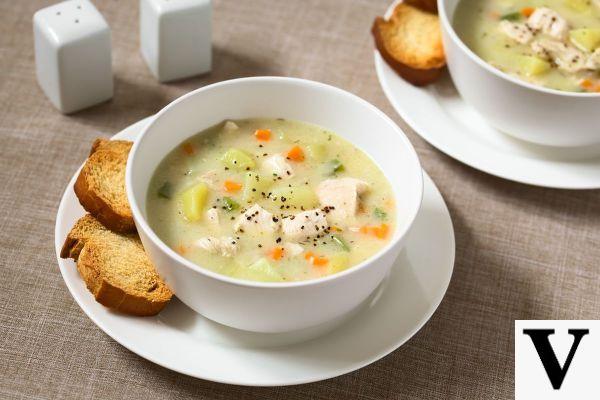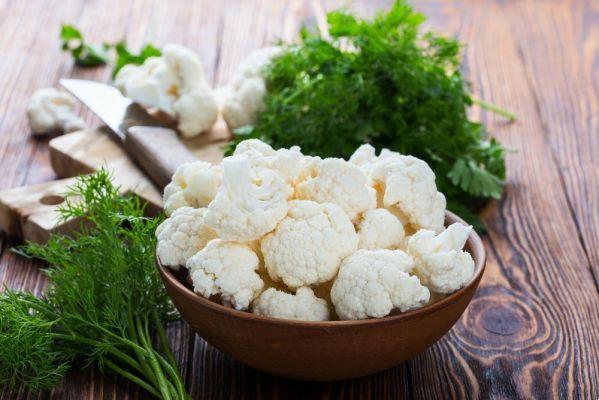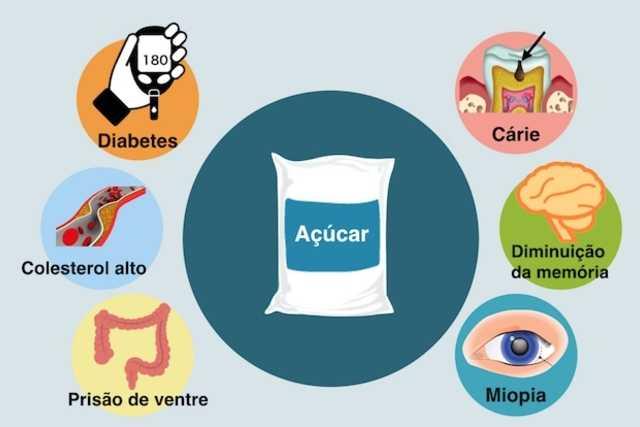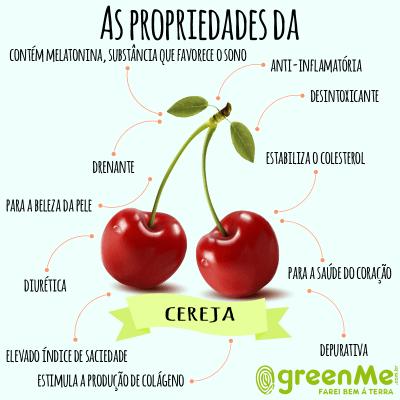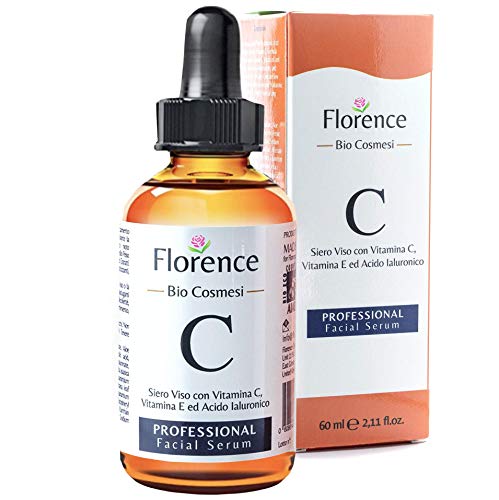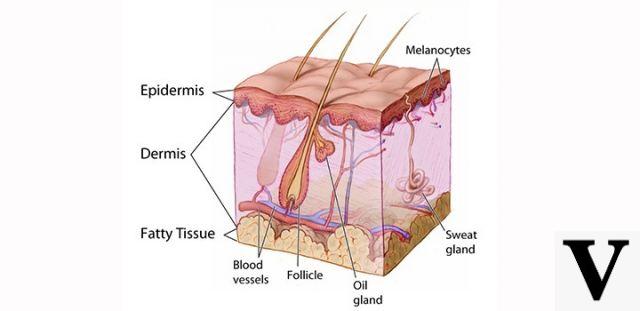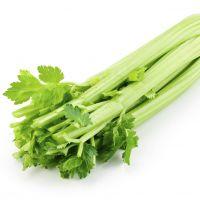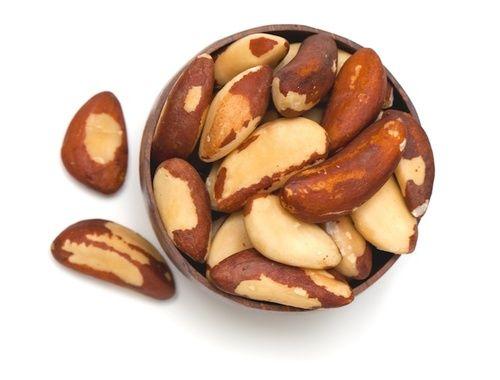Il sale it is fundamental to numerous vital physiological mechanisms, such as transmission of nerve impulses and pressure regulation. Let's find out better.
> Properties and benefits of salt
> Use in the kitchen
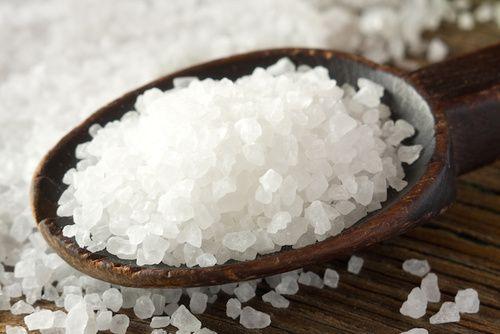
Description
Il salt is a chemical compound constituted by the set of several ions, arranged inside a crystal lattice, joined by an ionic bond. Salts can be organic or inorganic, simple or complex, binary, ternary, made up of a different number of chemical elements.
Depending on their composition, therefore on the chemical reaction from which they derive, they have variable external characteristics regarding color, smell, taste, transparency.
They can be very soluble, completely insoluble in water or soluble in other solvents. The two elements of a binary salt (such as sodium chloride for example) can be obtained by electrolysis of the molten salt. What is commonly called salt or cooking salt it is actually one of the many possible salts, namely the sodium chloride (NaCl).
Properties and benefits of salt
There are various chemical reactions capable of producing the salts, which can be acidic or basic depending on the level of substitution of the anionic and cationic component of the compound (sodium hydrogen carbonate, or bicarbonate, an example of the first case, cobalt chloride, basic barium chloride or barium hydroxychloride in the second), simple like sodium chloride, double or triple likepotassium or chromium alum. Organic acids such as carboxylic acids, sulphonic and phosphonic acids also form their corresponding salts.
Sodium chloride, the common table salt, is a conductor not only of electricity but also of neurological transmission. Salt is in fact essential for the development of vital physiological mechanisms, such as transmission of nerve impulses, fluid exchange and pressure regulation.
Sodium chloride is in fact essential for life on Earth: most of the tissues and fluids of living beings contain a certain amount of salt. The physiological solution used in medicine, which contains a certain percentage of sodium chloride, is used to cure dehydration; but if they wear out more than 5 grams of salt a day can lead to disease such as stroke, kidney problems and heart ailments. If used externally, however, it can be a valid ally to combat edema, cellulite and to purify tissues: baths, compresses, salt bandages deflate, reduce water stagnation, detoxify the tissues.
How to purify yourself with water and salt?
Use in the kitchen and beyond
Salt has always been used for preserve food, such as meat and fish, and spices, but also to cook them. Today it is also used as a flavor enhancer in foods.
There are many types of salt: the sea salt, refined or integral, the rock salt, obtained from the mines, the fleur de sel. In the world, salt is mainly obtained from the sea, although in some areas, such as in Romania, there are underground quarries.
La Fleur de sel it is a type of French raw sea salt, characteristic of southern Brittany, very delicate, which does not cover the flavors but enhances them.
Then there is the smoked salt from Denmark, the Maldon salt from England, which looks like little crunchy pyramids, the blue salt from Persia, the gray salt from Guérande and the red Hawaiian salt or the pink salt from the Himalayas. , just to name a few. The salt however it is not only used in the kitchen: is great for remove stains from fabrics, rubbed with a little water, cleans the iron plate; melts the ice on the roads, is a mordant to fix the colors, blocks the proliferation of bacteria, re-enters the production of cosmetics and detergents, salt with vinegar are used to remove bad smells from hands, to treat water and much more.
Curiosities about salt
Pumpkin, courgettes, watermelons and melons: these are foods notoriously made up of a high percentage of water, difficult to find in them a single trace of sodium chloride, salt. Who, therefore, proves to have a little bit of salt in pumpkin, really represents a rarity, as, even in the midst of the tide of water, it proves to hold a large part of gray matter, or the brain.
Consequently, because a very idiotic person is defined citrullo? By decoding the Botanical Order of Limneo, it turns out that watermelon, made up of 95% water, is officially called Citrullus vulgaris. Citrullo, is who has a head full of water. Salt has been full of symbols since the earliest times.
It was foreseen in the sacrificial rites by Jews, Greeks and Romans as a symbol of incorruption; it was scattered on the ruins of enemy cities razed to the ground to symbolize the future sterility of the area; it was considered safe protection against evil influences, in particular against witches, while from the time of the Lombards onwards, if offered together with bread, it was a sign of welcome for a foreign guest.
READ MORE
Yoga exercises and purification with water and salt
Other articles on salt:
> The use of salt in the kitchen
> Salt and conscious eating
> What are the different types of salt
> 7 recipes with various types of salt
> The varieties of salt and their uses
> How it is seasoned around the world
> Bath salts: benefits and how to use them
> Types of salt, let's find out
| Fengshuidana.com




